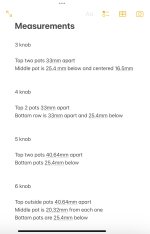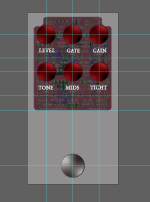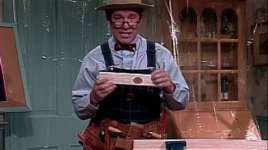On a recent illustrator session, I imported the pcb from a PPCB build doc to check for clearance and it didn't scale properly. It was ~2x it's actual size compared to the drill pattern. Is this Robert's fault or did I do something wrong? Is there a simple way to scale it properly?(And accurately) I ended up drawing a box the size of the pcb an shrinking it to that size but I didn't feel great about it being accurate. I'm sure there's a simpler way but my illustrator training wheels are still firmly attached.
Also, I'm aware the pcb measurements are right there in the build doc, but when you import the pcb it imported those as well. Need to strip that out.
Would creating a new art board the size of the pcb and fitting the image within it properly be the most efficient thing to do?
Thanks in advance.
Also, I'm aware the pcb measurements are right there in the build doc, but when you import the pcb it imported those as well. Need to strip that out.
Would creating a new art board the size of the pcb and fitting the image within it properly be the most efficient thing to do?
Thanks in advance.




